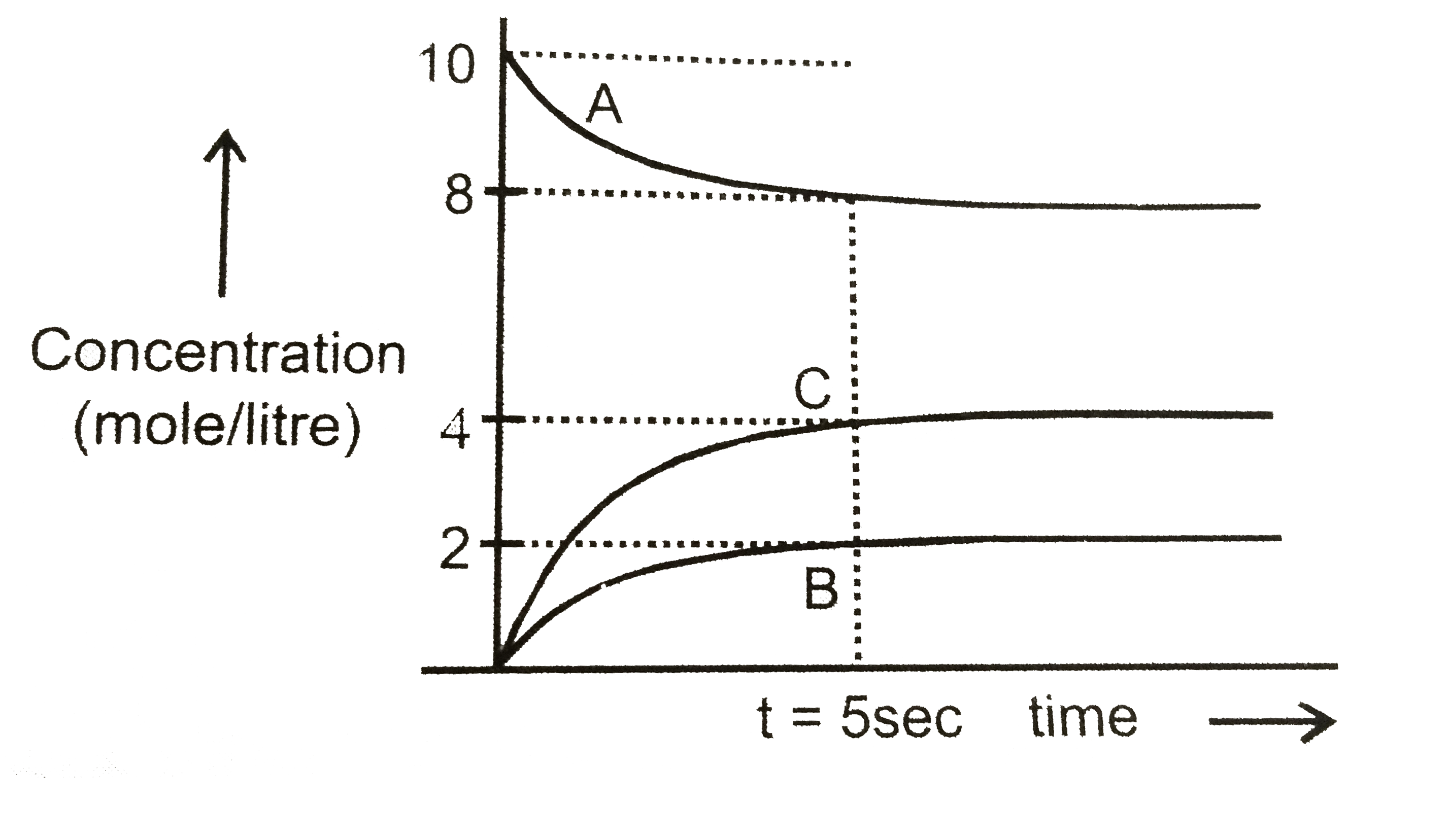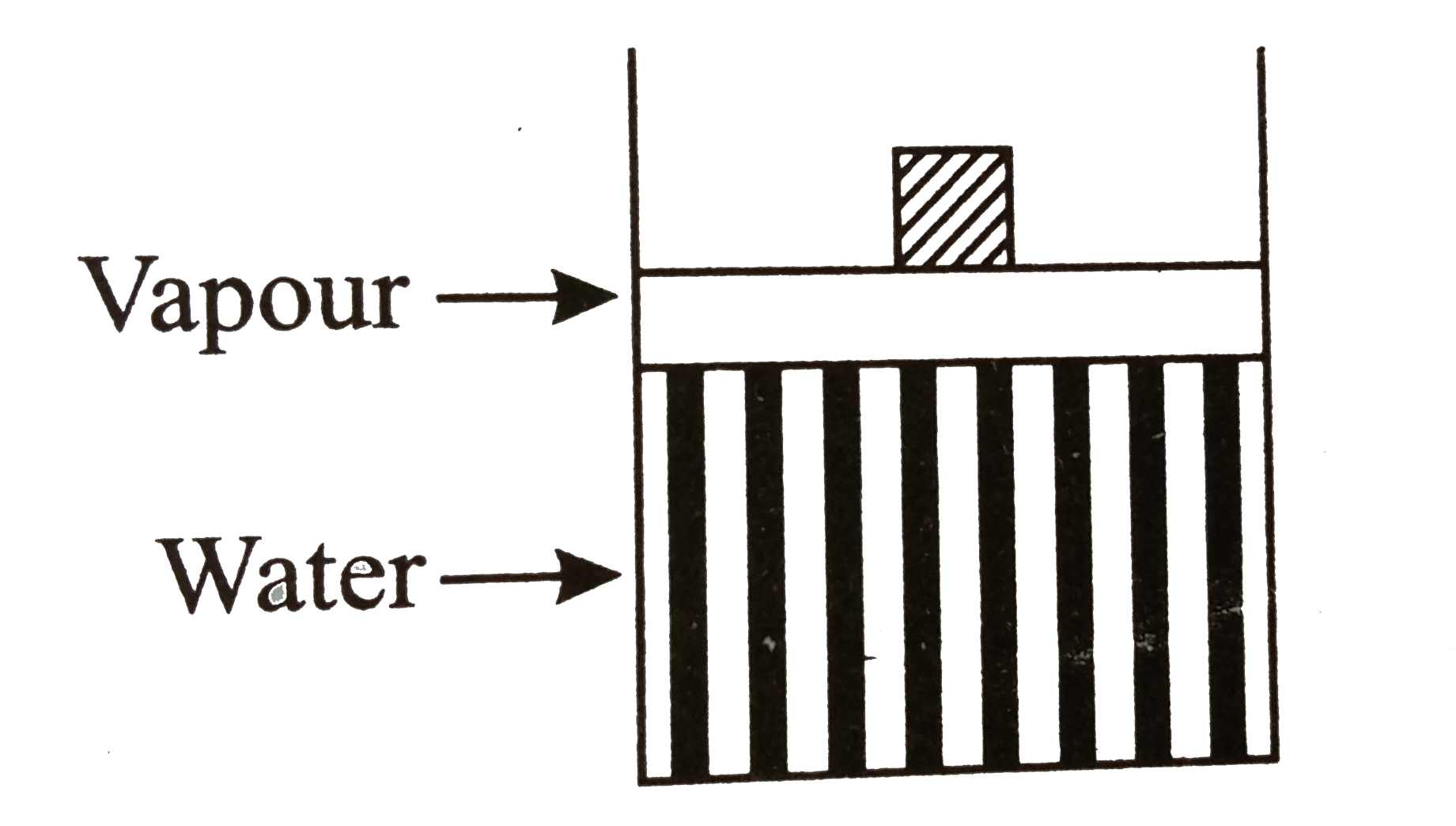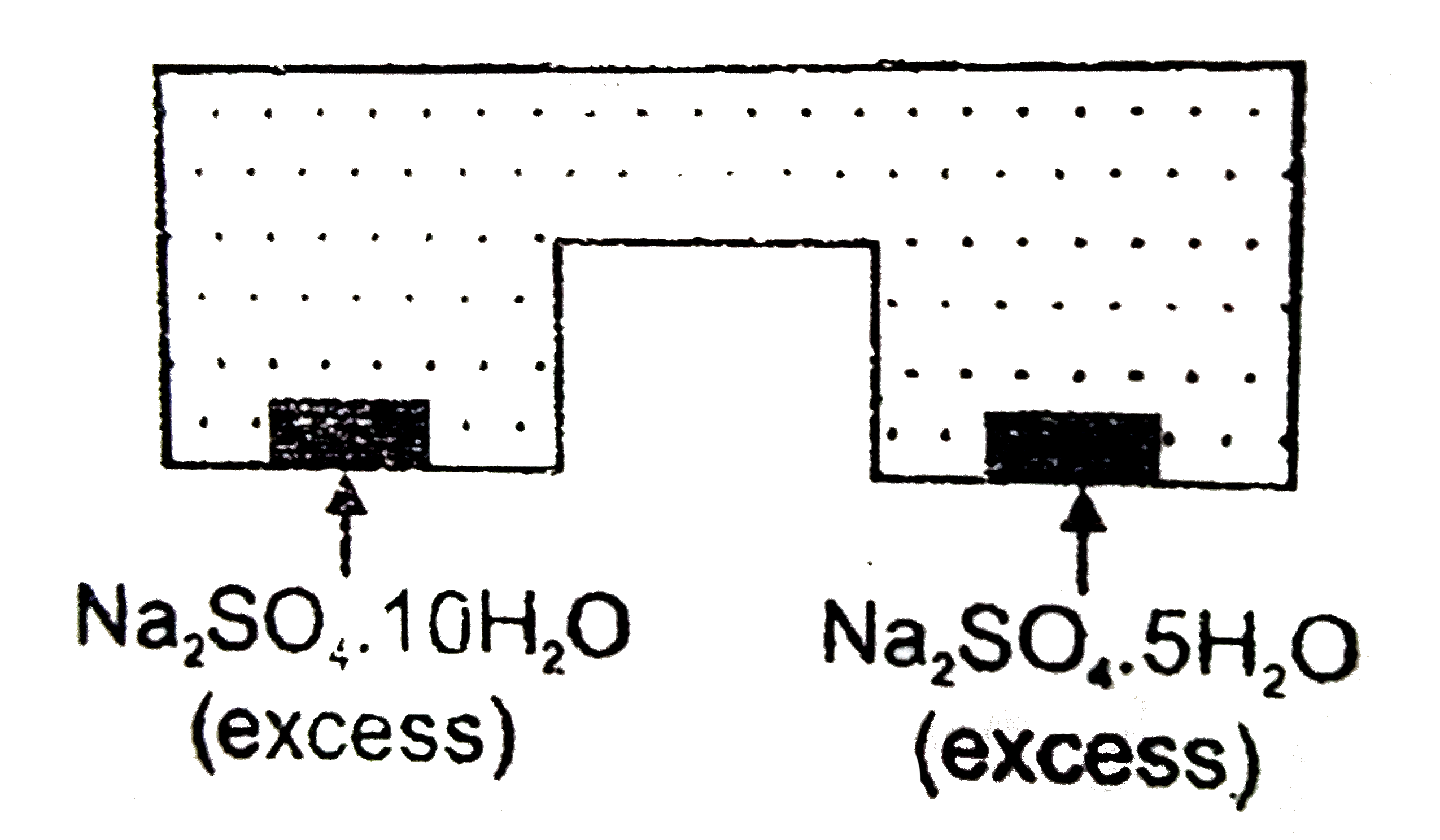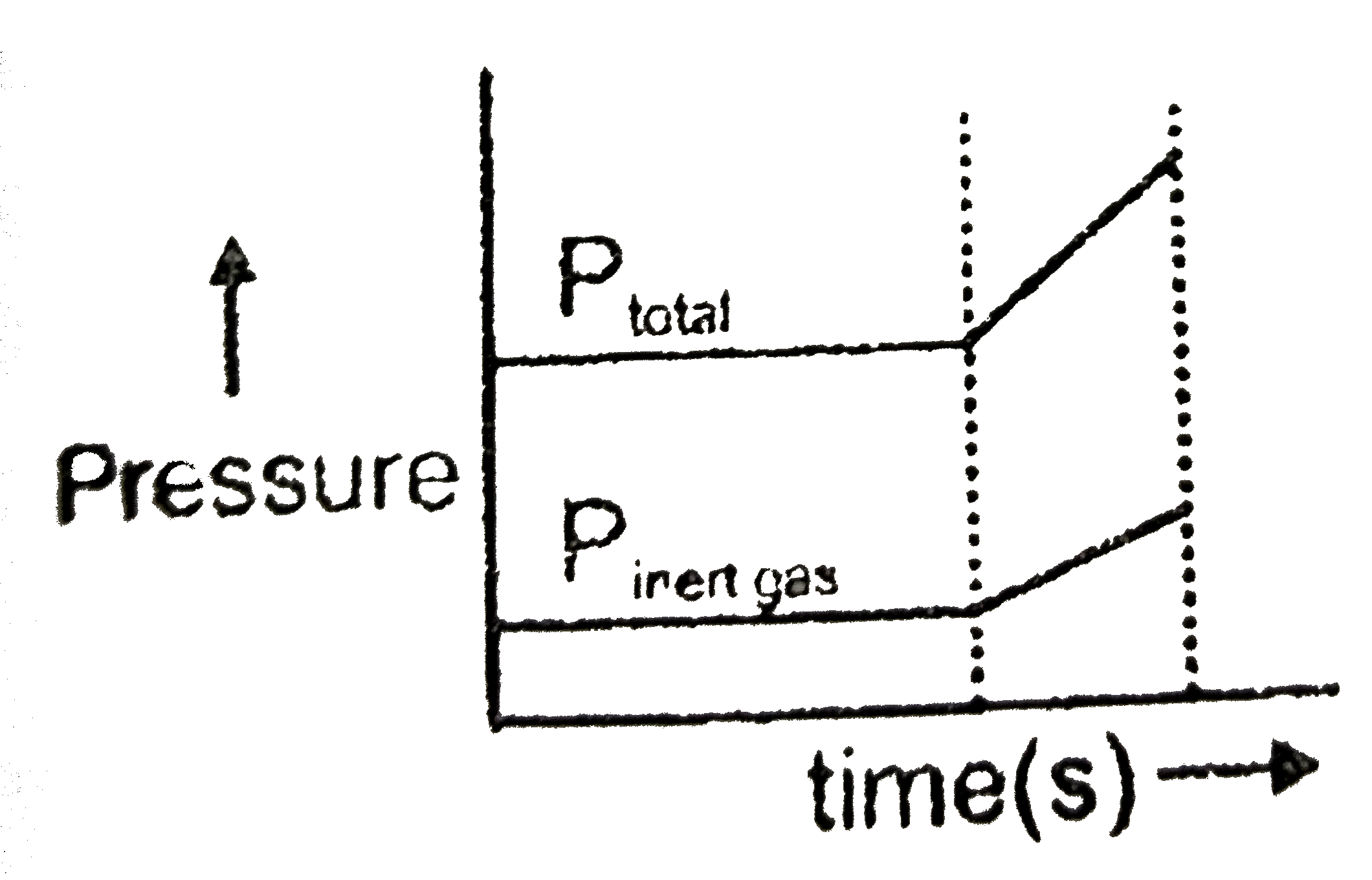Complete Solutions to Exercise-2 (Part-1) of chapter CHEMICAL EQUILIBRIUM of Class 11 book with complete answers and questions
| Class 11 | CHEMISTRY |
| Chapter | CHEMICAL EQUILIBRIUM |
| RESONANCE | Exercise-2 (Part-1) |
| Number Of Questions | 28 |
| Academic Year | 2023-24 |
The equilibrium constant `(K_(p))` for the reaction `PCl_(5)(g) hArr PCl_(3)(g)+Cl_(2)(g)` is 1.6. If the volume of the container is reduced to one half its original volume, the value of `K_(p)` for the reaction at the same temperature will be
View SolutionIf `K_(1),K_(2),K_(3)` are equilibrium constant for formation of `AD,AD_(2),AD_(3)` respectively as follows `A+DhArrD,AD+DhArrAD_(2),AD_(2)+DhArrAD_(3)`. Then equilibrium constant `'K' "for" A+3DhArrAD_(3)` is related as
View SolutionIn the reaction, `N_(2)+O_(2)hArr2NO`, the moles//litre of `N_(2),O_(2) "and" NO` respectively `0.25,0.05 "and" 1.0` equilibrium, the initial concentration of `N_(2) "and" O_(2)` will respectively be:
View SolutionThe reaction, `PCI_(5)hArrPCI_(3)+CI_(2)` is started in a five litre container by taking one mole of `PCI_(5)`. If `0.3` mol `PCI_(5)` is there at equilibrium, concentration of `PCI_(3) "and" K_(c)` will respectively be:
View Solutiona' moles of `PCI_(5)`, undergoes, thermal dissociation as: `PCI(5)hArrPCI_(3)+CI_(2)`, the mole of `PCI_(3)` equilibrium is `0.25` and the total pressure is `2.0` atmosphere. The partial pressure of `CI_(2)` at equilibrium is:
View SolutionFor the following gases equilibrium, `N_(2)O_(4) (g)hArr2NO_(2) (g)` , `K_(p)` is found to be equal to `K_(c)`. This is attained when:
View SolutionSulphide ions in alkaline solution react with solid sulphur to form polyvalent sulphide ions. The equilibrium constant for the formation of `S_(2)^(2-)` and `S_(3)^(2-)` from `S` and `S^(2-)` ions is `1.7` and `5.3` respectively. Calculate equilibrium constant for the formation of `S_(3)^(2-)` from `S_(2)^(2-)` and `S`.
View SolutionFor which of the reaction, the ratio `(K_(P))/(K_(C))` is maximum and minimum respectively.
(a) `X(g)hArr2Y(g)` (b) `2X(g)hArrY(g)`
(c) `X(g)hArr2Y(g)+Z(g)` (d) `X(s)hArrY(g)`
View SolutionIf for `2A_(2)B(g)hArr2A_(2)(g)+B_(2)(g),K_(P)="TOTAL PRESSURE" ("at equilibrium")` and starting the dissociation from" 4 "mol of" A_(2)B` then:
View SolutionAmmonia gas at 15 atm is introduced in a rigid vessel at 300 K. At equilibrium the total pressure of the vessel is found to be 40.11 atm at `300^@C`.The degree of dissociation of `NH_3` will be :
View SolutionAttainment of the equilibrium `A(g)hArr2C(g)+B(g)`gave the following graph . Find the correct option .`(% dissociation=Fration dissoiatedxx100)`

View Solution` A 10 L "container at" 300K "contains" CO_(2) "gas at pressure of" 0.2 "atm and excess solid` CaO ("neglect the volume of solid" CaO)`. The volume of container is now decreased by moving the movable piston fitted in the container. What will be the maximum volume of container when pressure of `CO_(2)` attains its maximum value given that `CaCO_(3)(s)hArrCaO(s)+CO_(2)(g) K_(P)=0.800 "atm"`
View SolutionTwo solid `A "and" B` are present in two different container having same volume and same temperature following equilibrium are established:
In container `(1)A(s)hArrD(g)+C(g)P_(T)=40 "atm at equilibrium"`
In container `(2)B(s)hArrE(g)+F(g)P_(T)=60 "atm at equilibrium"`
If excess of `A "and" B` are added to a third container having double the volume and at same temperature then, the total pressure of this container at equilibrium is:
View SolutionTo the system,
`LaCl_(3)(s)+H_(2)O(g) hArr LaClO(s)+2HCL(g)-"Heat"` already at equilibrium, more water vapour is added without altering temperature or volume of the system. When equilibrium is re-established, the pressure of water vapour is doubled. The pressure of `HCl` present in the system increases by a factor of
View SolutionSome quantity of water is contained in a container as shown in figure. As neon is added to this system at constant pressure, the amount of liquid water in the vessel

View SolutionThe equilibrium constant for, `2H_(2)S(g)hArr2H_(2)(g)+S_(2)(g) "is" 0.0118 "at" 1300 K` while the heat of dissociation is `597.4KJ`. The standard equilibrium constant of the reaction at `1200K` is:
View SolutionFor reaction, assuming large volume of water.
`H_(2)O(l)hArrH_(2)O(g) , "at temp". T K`
Choose correct options:
View Solution
`Na_(2)SO_(4).10H_(2)O(s)hArrNa_(2)SO_(4).5H_(2)O(g) K_(P)=2.43xx10^(-8)` atm^(5) incorrect statement is-
View SolutionFor equilibrium
`ZnSO_(4).7H_(2)O(s)hArrZnSO_(4).2H_(2)O(s)+5H_(2)O(g) K_(P)=56.25xx10^(-10) atm^(5)`
and vapour pressure of water is `22.8` torr at `298K.ZnSO_(4).7H_(2)O(s)` is efflorescent (lose water) when relative humidity is `[5sqrt56.25=2.23]`
View SolutionIn the Haber process for the industrial manufacturing of ammonia involving the reaction, `N_2(g)+3H_2(g)hArr 2NH_3(g)` at 200 atm pressure in the presence of a catalyst, a temperature of about `500^@C` is used. This considered as optimum temperature for the process because :
View SolutionAddition of water to which of the following equilibria causes it to shift in the backward direction?
View SolutionConsider the reactions
`(i) PCl_(5)(g) hArr PCl_(3)(g)+Cl_(2)(g)`
`(ii) N_(2)O_(4) (g) hArr 2NO_(2)(g)`
The addition of an inert gas at constant volume
View SolutionSolid `A "and" B` are taken in a closed container at a certain temperature. These two solids decompose are following equilibria are established simultaneously
`A(s)hArrX(g)+Y(g) K_(P_(1)=250atm^(2)`
` B(s)hArrY(g)+Z(g) K_(P_(2)=?`
If the total pressure developed over the solid mixture is `50 atm`. Then the value of `K_(P)` for the `2^(nd)` reaction
View SolutionFor a system at equilibrium some changes are made which is reported by a graph (shown below). Changes has been made at constant temperature.

Choose the correct options:
View SolutionIn one experiment, certain amount of `NH_(4)I(s)` was heated rapidly in a closed container at `357^(@)C`. The following equilibrium was established:
`NH_(4)I(s) hArrNH_(3)(g)+HI(g)`
but the pressure gradually increases further (when the excess solid residue remains in the vessel) owing to the dissociation of HI. Calculate the final pressure developed at equilibrium. `.
`2HI(g)rarrH_(2)(g)+l_(2)(g) K_(C)=0.065 at 357 ∘ C.
View Solution`A(s)hArrB(g)+C(g) K_(P)=40atm^(2)`
`X(s)hArrB(g)+E(g)`
Above equilibrium is allowed to attain in a closed container and pressure of `B` was found to be `10` atm. Calculate standard Gibb's free energy change for `X(s)hArrB(g)+E(g) "at" 300K` (take`R=2 cal//k//mol`)
View Solution`X(s)hArrY(g)+2Z(g)`
`A(s)hArrY(g)+B(g)`
Consider both these equilibrium to be established simultaneously in a closed container.
At equilibrium, pressure of `Z "and" B` were found to be same and sum of pressure of `Z & B` is `10 atm` more than that of species `Y`. Find ratio of standard gibb's energy of two reactions.
View Solution1-butyne and 1, 3-butadiene are :
View Solution
Exercise-2 (Part-1) questions and complete solutions for chapter CHEMICAL EQUILIBRIUM of RESONANCE ENGLISH of Class 11
All Exercises from RESONANCE Class 11 CHEMISTRY CHEMICAL EQUILIBRIUM
- (MSPs)
- Advanced Level Problems (Part-1)
- Advanced Level Problems (Part-2)(Section-1)
- Advanced Level Problems (Part-2)(Section-2)
- Advanced Level Problems (Part-2)(Section-3)
- Advanced Level Problems (Part-3)(Stage-1)
- Advanced Level Problems (Part-3)(Stage-2)
- Advanced Level Problems (Part-3)(Stage-5)
- Board Level Exercise
- Exercise-1 (Part-1)
- Exercise-1 (Part-2)
- Exercise-2 (Part-1)
- Exercise-2 (Part-2)
- Exercise-2 (Part-3)
- Exercise-2 (Part-4)
- Exercise-3 (Part-1)
- Exercise-3 (Part-2)
- INORGANIC CHEMISTRY(Metallurgy)
- ORGANIC CHEMISTRY(Alkyl Halide, Alcohol,Phenol,Ether)
- PHYSICAL CHMISTRY (CHMICAL EQUILIBRIUM)
- Solved examples